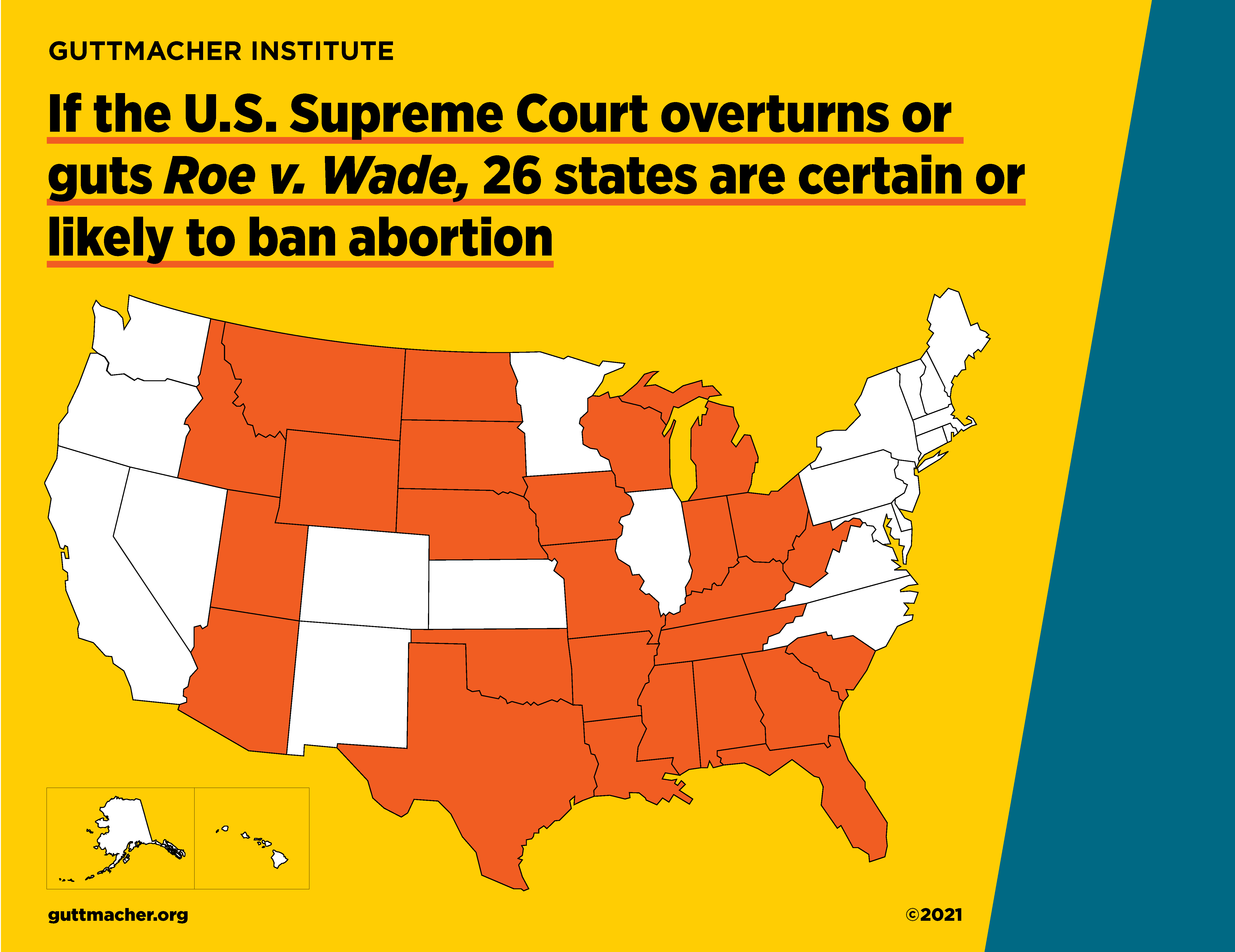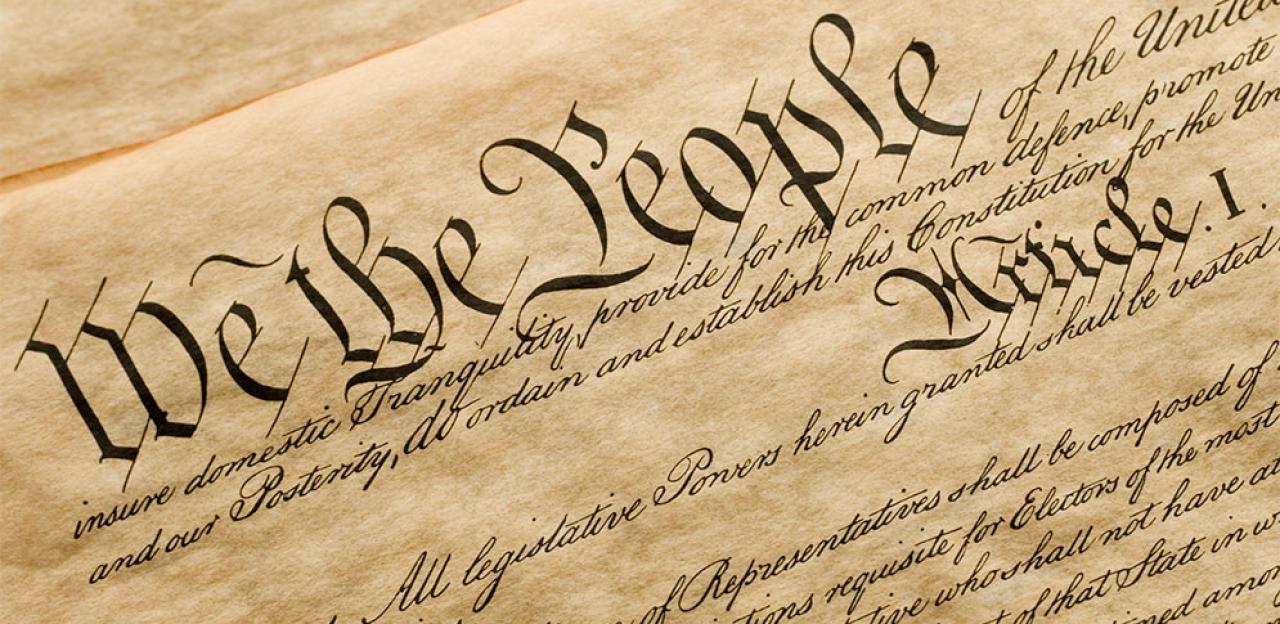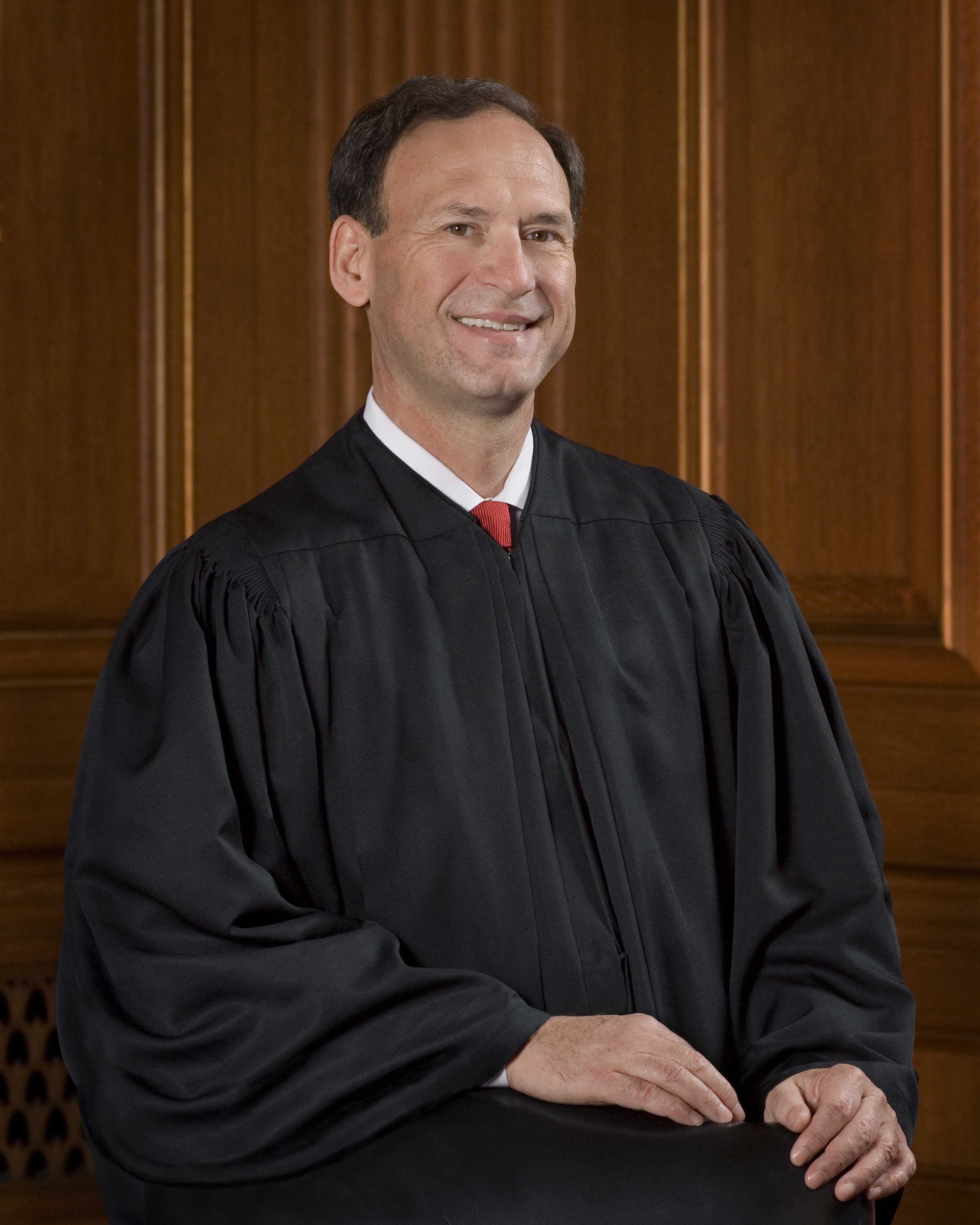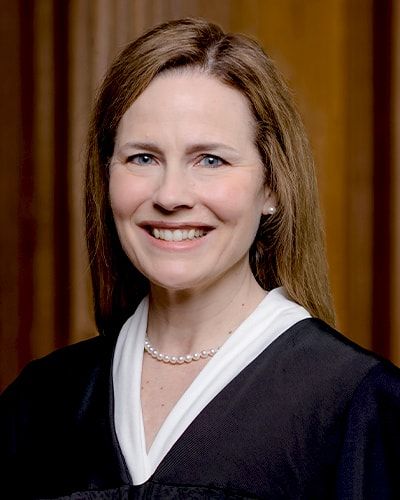The Woman Behind it All: Linda Coffee
We have previously learned about the face of Roe v. Wade, Jane Roe, which was an alias for Norma McCorvey. However, McCorvey was not passionate about the pro-choice movement, she was simply a woman who wanted to terminate a pregnancy. She became the face of the precedent-setting case out of pure circumstance. However, two women stood behind McCorvey throughout the hearings and testimonies: her lawyers, Linda Coffee and Sarah Weddington.
Most people know of Sarah Weddington, who went on to be vital in the women’s rights movement. She was the White House Director of Political Affairs for Jimmy Carter, served on the Texas House of Representatives, and was a professor at the Texas Women’s University and the University of Texas. However, Linda Coffee led a more quiet life out of the public eye. Regardless, she was the woman who pursued Roe v. Wade and changed the constitutional protection of abortion for over 50 years.
Linda Coffee was born on December 25, 1942, and has spent most of her life in Texas. She received a bachelor’s degree in German from Rice University, then got her law degree at the University of Texas. Pre-Roe v. Wade, Coffee did research for the Texas Legislative Council, then was personally asked to clerk for Federal Judge Sarah Hughes.
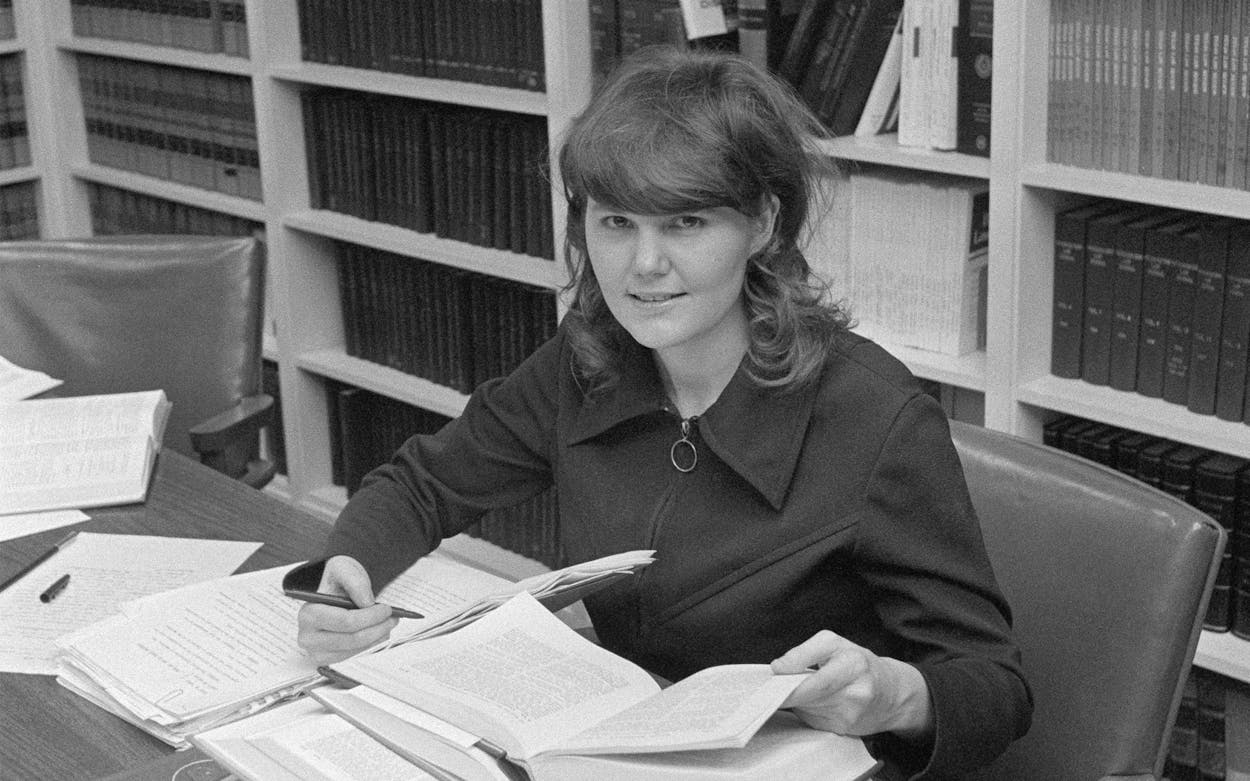
After using Griswold v. Connecticut, a ruling on access to contraception that established the right to privacy, to argue “that Texas’ sodomy laws violated that established right to privacy,” she began to develop an argument that challenged Texas abortion laws. She needed a plaintiff to fight for, which is when she found Norma McCorvey.
She reached out to Sarah Weddington, another University of Texas Law School Graduate, to co-council this case with her. Coffee filed the original lawsuit on March 3, 1970, with no idea how far the case would go. In December 1971, they argued before the court, then reargued in January 1973 after two open court seats were filled. Regardless, she won in a 7-2 ruling.
Coffee turned from the spotlight after the victory in Roe v. Wade and became a bankruptcy lawyer. She also played center on one of the teams in the National Women’s Football League. In 1980, she used a pseudonym to meet a woman Rebecca Hartt at a Mexican restaurant. Hartt began to talk about listening to Sarah Weddington speak at the National Organization of Women conference, which is how she found out her date was the other woman in the victorious case.
Today, Coffee and Hartt have been together for over forty years. They moved from Dallas to Mineola, Texas. After the overturning of Roe v. Wade, Coffee asked, “What other freedoms will Americans see retracted if the right to privacy ends in America? We must think fast and deeply about what it means to undermine this and any right guaranteed by the U.S. Constitution — before it’s too late.”
Even though Coffee’s biggest victory was overruled, she started the movement to give women federal access to abortion. Even if her name isn’t as commonly known as Weddington’s, she is still one of the most prominent women in the abortion movement.
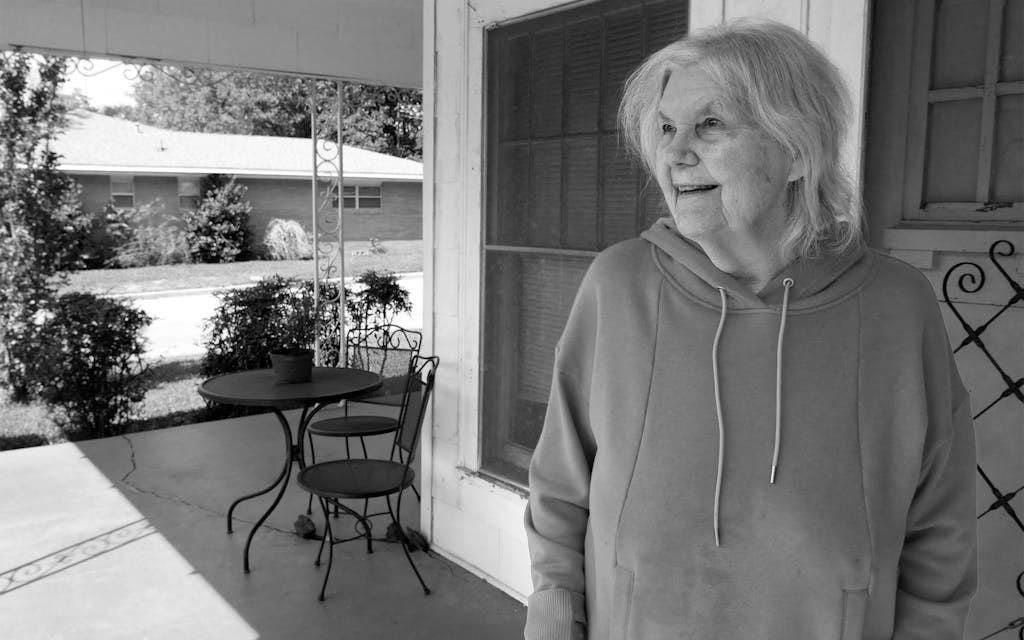
And that is all for Roe and Us!
Signing off,
Isabelle Ems
/https://static.texastribune.org/media/files/c81ffeda3a0deb013400b4079759c4aa/Linda%20Coffee%20ST%20TT%2031.jpg)
:max_bytes(150000):strip_icc():format(webp)/understanding-ivf-treatment-step-by-step-1960200_color3-5b84208dc9e77c0050b1f5f5.png)
